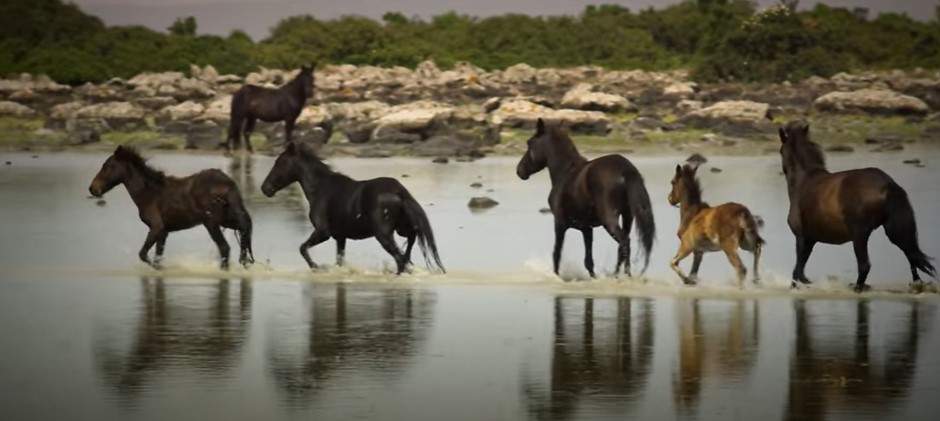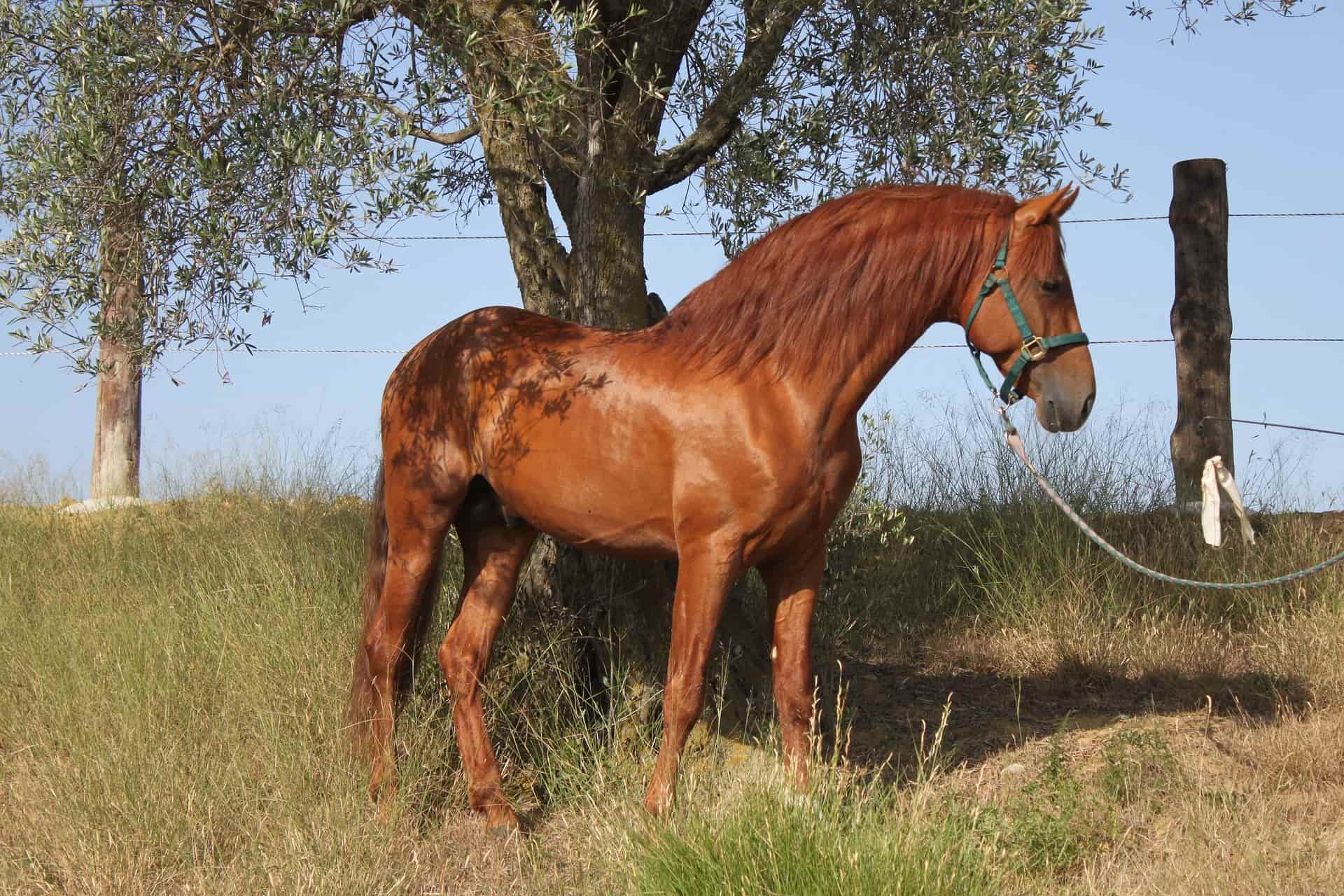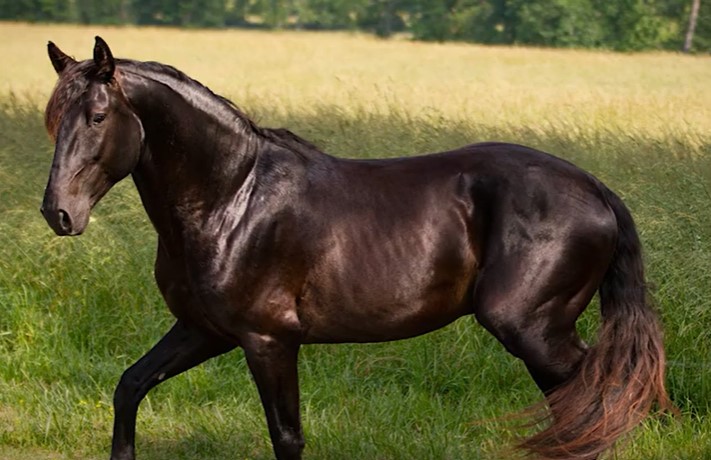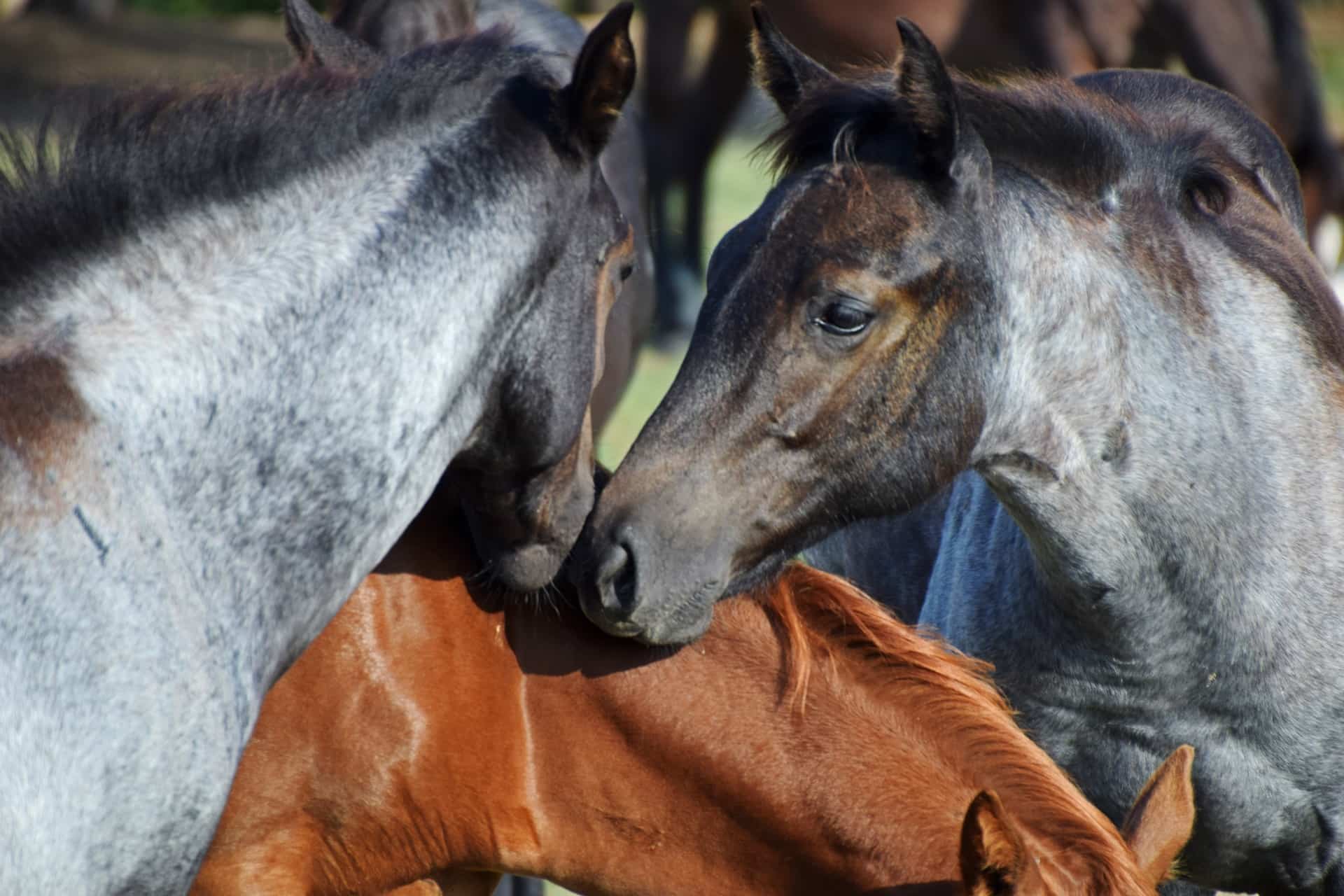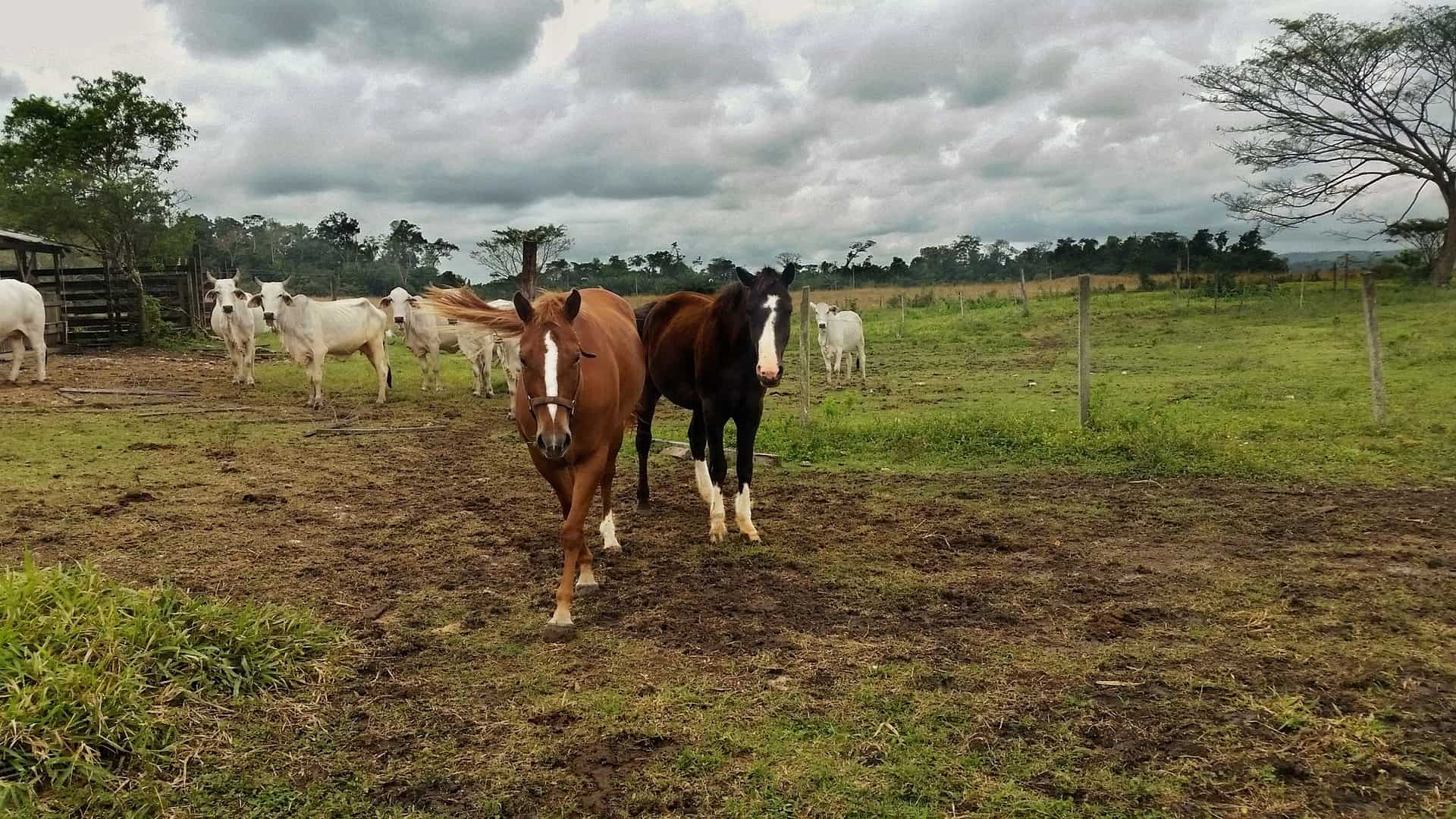Italy is revered for its massive contributions to the world of literature, art, food, architecture, opera and more. But what many don’t know is that it’s also responsible for producing some of the most gorgeous Italian horse breeds.
Examples of breeds with Italian heritage are the Italian Trotter, Murgese, and Esperia. Here’s a detailed look at the most common horse breeds native to Italy.
16 of the Most Popular Italian Horse Breeds
Italian Trotter
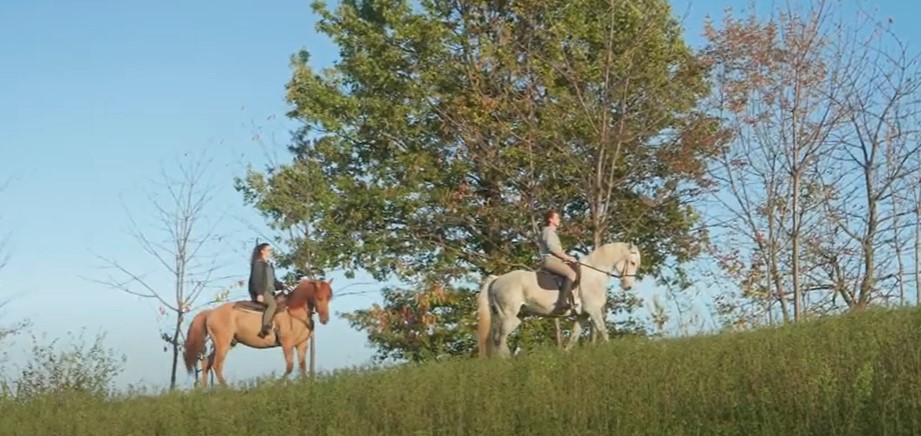
- Height: 64 to 68 inches
- Weight: 1500 to 1900 lbs.
- Characteristics: Straight head, sloping shoulders, robust legs
The history of the Italian trotter can be traced back to the 1800s. It’s about this time that trotting horses began gaining popularity worldwide.
As is the case with other horse breeds, the Italian trotter owes its development to several horse breeds.
Specifically, Italian trotters were derived by cross breeding the Thoroughbred stallions and mares of Russian Trotters, French Trotters and American Standardbreds.
Shortly after its development, the Italian Trotter rose to popularity due to its fast speed as a trotting horse. Presently, most Italian Trotters are bred in the Italian towns of Campania, Veneto, Lombardy and Emilia Romagna.
With regards to size, expect the Italian Trotter to have a height ranging from 64 to 68 inches. It also comes in a wide range of colors although the most popular options the chestnut, bay and black horses.
Giara Horse
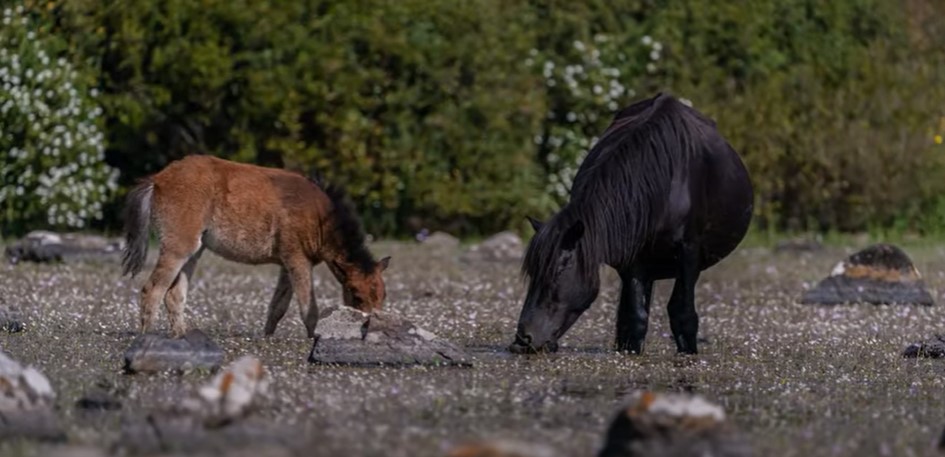
- Height: 44 to 52 inches
- Weight: 375 to 485 lbs.
- Characteristics: Low-lying chest, square head with broad jaws, small body but strong
The Giara horse is a hardy breed that was developed in the island of Sardinia. It’s among the fifteen indigenous breeds classified as “limited distribution” by the AIA (Italian Breeders Association).
Although the true history of Giara horses remains shrouded in mystery, some allege that it was developed around the 4th or 5th century by either the Phoenicians or Greeks.
The Giara horse has traits that are very similar to Oriental horses, especially the Barb. These horses tend to have long legs, ultra-thin skin and slim profiles.
Presently, these horses can be found wandering freely in a restricted zone that’s part of Southern Sardinia.
Italian Heavy Draft
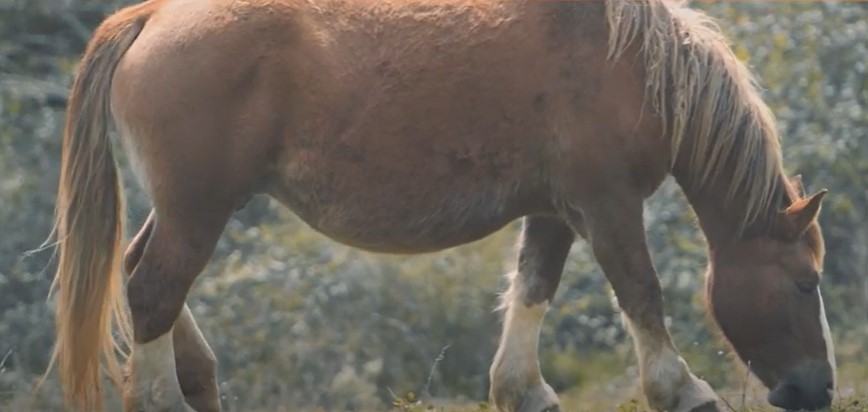
- Height: 57 to 61 inches
- Weight: 1320 to 1540 lbs.
- Characteristics: Athletic build, deep-chested, sturdy hindquarters
The history of the Italian Heavy Draft can be traced back to 1860 when it was developed in a stud located in Ferrara, Italy. This horse breed is known by other names, such as the Italian Working Horse, the Cavallo Agricolo Italiano da Tiro Pesante Rapido or the Rapid Heavy Draft.
Initially, breeders created this breed by crossing the Po Delta stallions with Hackney, Thoroughbred and Arabian breeds.
But around 1900, they decided to incorporate other horses to create a strong and hardy breed. As such, Italian Heavy Draft horses also owe their development to the Ardennes, Boulonnais and Norfolk-Breton.
In an attempt to preserve this breed, a studbook was created in 1926. It’s at this point that the Italian Heavy Draft started being known for its speed and strength.
Sardinian Anglo-Arab
- Height: 60 to 64 inches
- Weight: 990 to 1300 lbs.
- Characteristics: Light and square-shaped head with large eyes, short and silky skin, long tail and mane
Giaras aren’t the only native horses that come from Sardinia. The Sardinian Anglo-Arab was also developed in this area.
An intriguing fact about this breed is that it was one of the first breeds ever used for cavalry mounts by the Italian army.
To develop an animal that would serve as a dependable cavalry horse, breeders crossed native Sardinian mares with oriental stallions. Later on, they also introduced the Anglo-Arabian and Thoroughbred blood. The objective at the time was to achieve a Sardinian Anglo-Arab that had at least 75% of Arabian blood.
Since its development, the Sardinian Anglo-Arab has been used extensively for dressage, jumping and eventing competitions. This makes it a great show horse breed.
Maremmano
- Height: 60 to 63 inches
- Weight: 990 to 1100 lbs.
- Characteristics: heavy head, brawny neck, sloping shoulders, broad chest, muscled withers
The Maremmano breed comes from the Tuscan region of Italy. It came about after breeders decided to cross breed the North-African horses with either Barb or Arabian horses.
In an attempt to create a more refined horse, breeders later crossed it with Thoroughbreds, Norfolks and Roadsters.
From the beginning, the Maremmano breed found use in light draft tasks. These horses were also used as cavalry mounts, especially by the Italian law enforcement.
Murgese
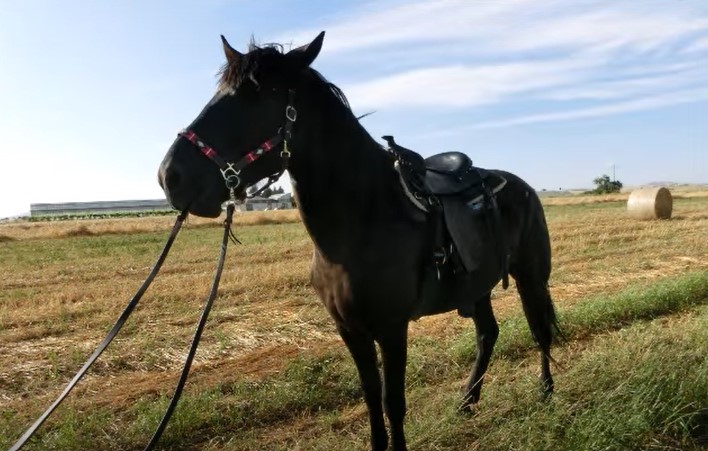
- Height: 56 to 60 inches
- Weight: 770 to 880 lbs.
- Characteristics: Light head with a straight or convex shape, pronounced jaw, robust neck, dense mane and sloping shoulders
The Murgese is a gorgeous breed developed during the Spanish reign (see the best Spanish horse breeds). To be a little more specific, it was developed by cross-breeding the Arabian horse and the Barb breed.
Murgese horses originate from Murge in Apulia, Italy during the 15th and 16th centuries. At the time, they were one of the most popular breeds for cavalry mounts.
Unfortunately, its population dwindled significantly a few years after its development. It wasn’t until in 1926 that this Italian breed was revived through selective horse breeding.
Monterufolino
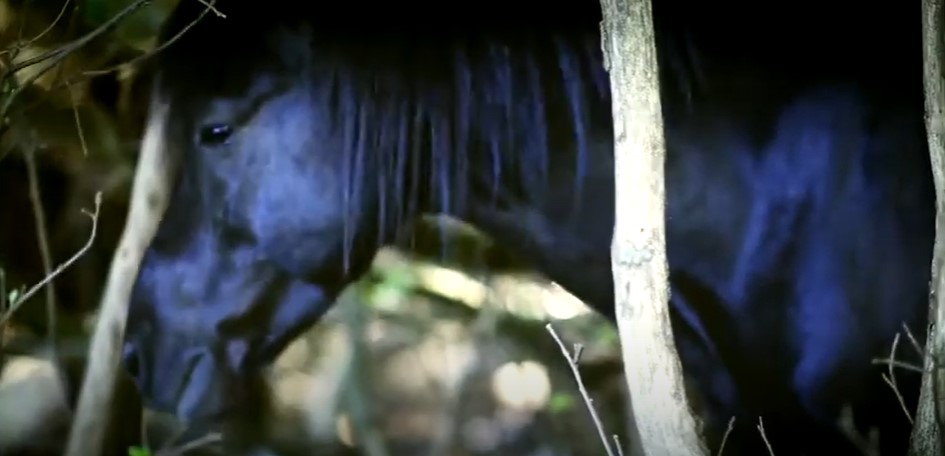
- Height: 52 to 56 inches
- Weight: 875 lbs.
- Characteristics: Small with a muscular body
The Monterufolino is a very rare breed that hails from Pisa province in Tuscany, Italy.
Its population nowadays clocks in at around 200. Although this seems like a small number, it’s a considerable increase from the few dozens that existed in the 1980s. This also explains why it’s classified among the indigenous horses that have a limited distribution.
The Monterufolino breed gets its name from a farm estate previously known as Tenuta di Monterufoli.
Also crucial to note about the Monterufolino is that it’s a significantly smaller breed than other Italian horses. Though it has an athletic body, it stands around 52 to 56 inches.
Haflinger
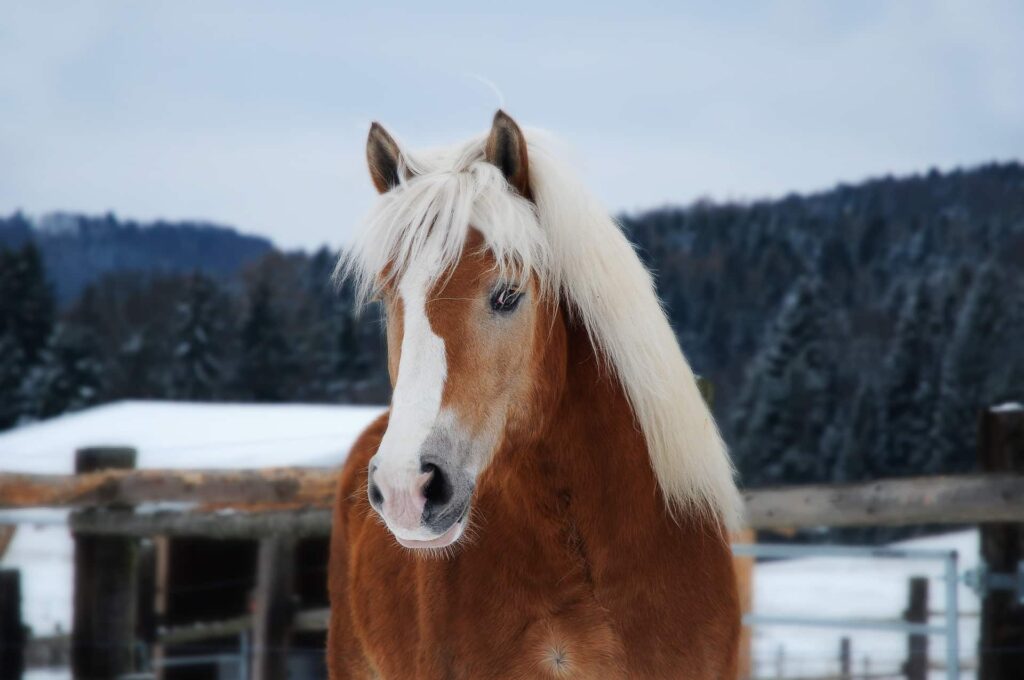
- Height: 53 to 60 inches
- Weight: 800 to 1300 lbs.
- Characteristics: Refined head, muscular body, chestnut in color with a flaxen mane
One Italian breed that’s very popular is the Haflinger. Also known as the Avelignese, these hardy horses were developed in two areas: Austria and Northern Italy.
When Haflingers were first developed, they served mainly as packhorses. But presently, they participate in a wide range of activities; from dressage to show jumping, trekking and even therapy.
This is not too surprising considering their muscular build. They are deep-chested with well-proportioned heads, and athletic bodies.
Ventasso
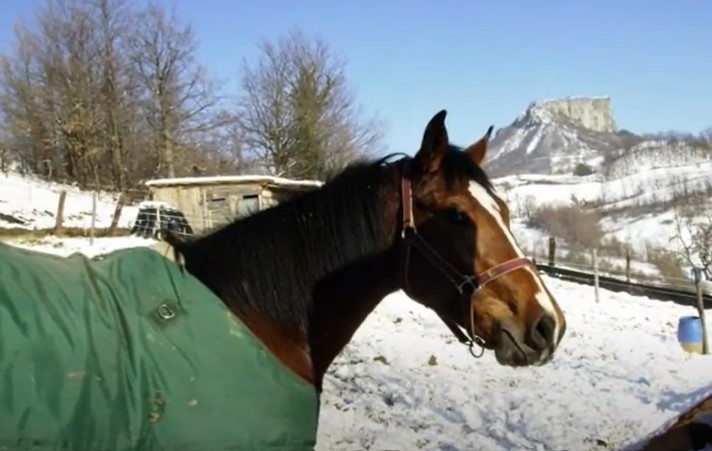
- Height: 57 to 64 inches
- Weight: Not available
- Characteristics: Medium-long neck, deep chest, sloping shoulders
The Ventasso may not be as popular as other Italian breeds. Still, there are a couple of interesting things about it. For instance, the breed is named after Mount Ventasso, situated in the Italian valley of ‘Val d’Enza’.
Secondly, it was developed mainly from local breeds, including the Lipizzan and Maremmano horses. Before the 1940s, Ventasso horses were supplied to the Italian army on the regular. They made exceptional war horses.
Unfortunately, their population has shrunk over the years. Currently, there are less than 50 of these horses, making it an endangered breed. Despite their rarity, Ventasso horses are often used in endurance riding, polo and mounted games.
Cavallo Romano della Maremma Laziale
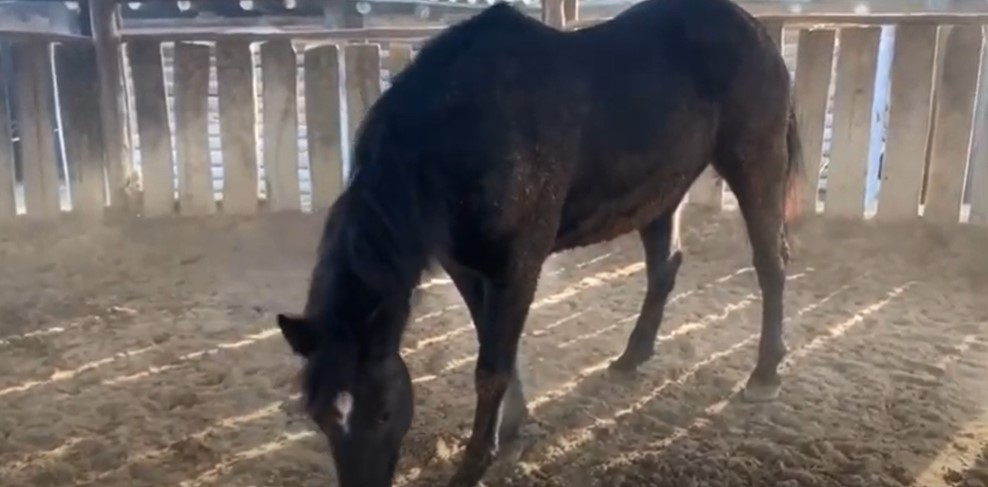
- Height: 57 to 64 inches
- Weight: Unknown
- Characteristics: Thick and arched neck, long mane and tail, muscular shoulder, board chest
One thing that immediately stands out about this breed is its unique name. Though it’s quite long, it simply means that it’s the Roman horse that originates from Lazio.
The Cavallo Romano is believed to be an ancient breed. However, it wasn’t until 2010 that it gained formal recognition.
Like some of the breeds we’ve looked at, it has a small population making it endangered. In fact, there’s just 800 of these horses, the majority of which are found in Monte Romano, Viterbo Province.
Bardigiano
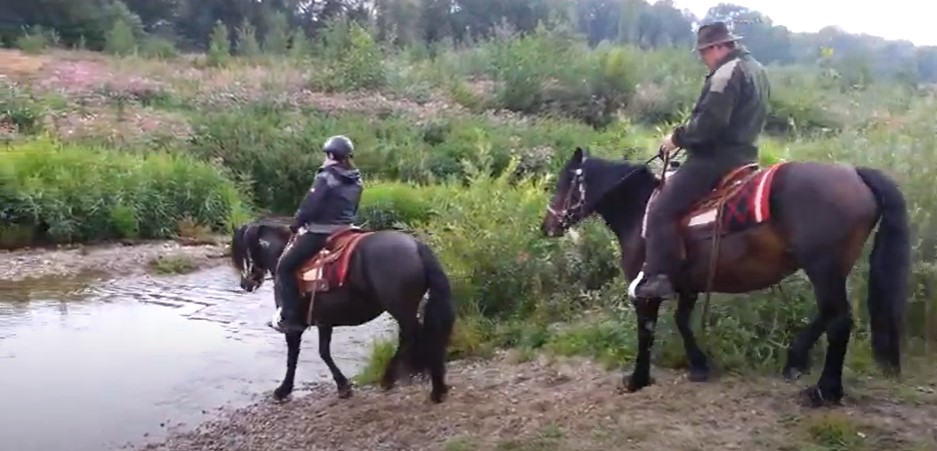
- Height: 53 to 59 inches
- Weight: 551 to 661 lbs.
- Characteristics: Straight back, small head, muscular body
This small Italian horse breed traces its roots to the town of Bardi, which it’s named after. Having been developed in the harsh terrain of the Apennines, this breed became hardy overtime.
Many believe that it shares ancestry with the Haflinger. Put simply, the breeds used to develop the Haflinger were also used in Bardigiano’s development.
During WWI and WWII, Bardigiano horses were used predominantly to develop mules. But, this resulted in a sharp decline in purebred Bardigianos.
So once the second world war ended, other breeds were crossbred with the Bardigiano. Unfortunately, this only worsened the situation as it compromised the breed’s quality. It wasn’t until 1972 that a committee was created to try and preserve the original breed.
Catria
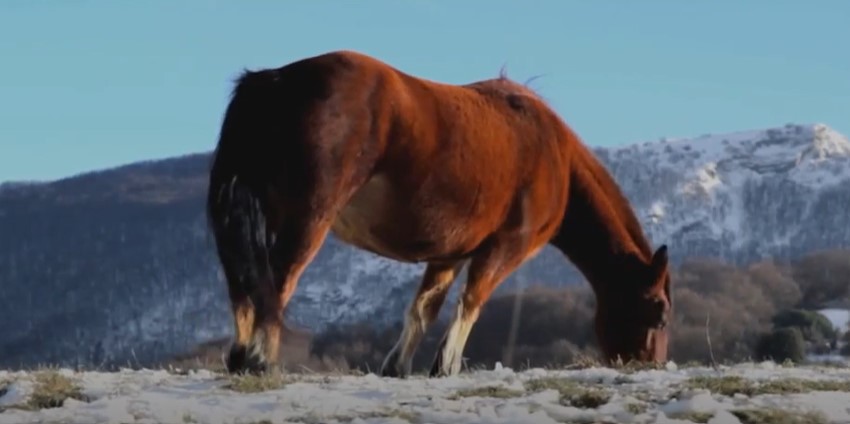
- Height: 56 to 57 inches
- Weight: Unspecified
- Characteristics: Broad and muscular chest, straight profile, and come in chestnut or bay colors
Like the majority of breeds we’ve looked at, the Catria is named after the region where it was developed. Specifically, it descends from the mountainous terrain of Monte Catria. It came to life when Maremmano horses were crossed with the Frieberger breed.
In 1974, the Special Cooperative Agency of Catria assumed control of horse breeding in this region. And six years after its establishment, a studbook was created in honor of the breed.
This explains why Catria horses are a modest population. They still live in the mountainous regions of Catria where they’re used for meat production and agricultural work.
Esperia Pony
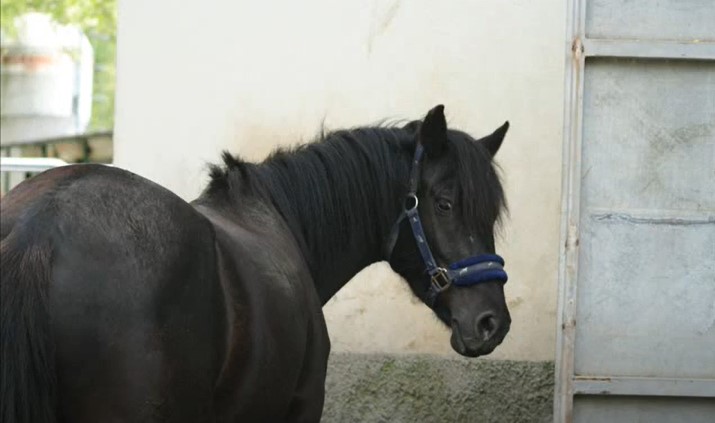
- Height: 52 to 56 inches
- Weight: 772 lbs.
- Characteristics: Well-proportioned neck, inclined back, developed chest and robust limbs
If you’re looking for a small Italian horse breed that’s also hardy, you can’t go wrong with the Esperia Pony. Originating from Frosinone Province in Lazio, Italy, these ponies are known for their gigantic strides and dominance in different equine sports.
Not only are these horses able to withstand extreme heat and cold, but they can also survive for days without water.
Pentro
- Height: 53 to 64 inches
- Weight: 875 lbs.
- Characteristics: Straight head with expressive eyes, muscled neck, wide chest, short but sturdy legs
Another rare Italian breed, the Pentro horse, comes from the Isernia area in Molise, Italy. It’s named after the Samnite tribe of Pentri that takes credit for its development. Like some of the breeds listed here, this is another endangered breed.
Although there aren’t many Pentro horses, the few that exist are often found roaming freely in open space. The locals use them to chase away wolves that have a tendency of invading the Italian countryside.
Tolfetano
- Height: 56 to 61 inches
- Weight: 1000 lbs.
- Characteristics: Muscular physique, developed quarters, neck and shoulders
This horse traces its roots to the northern part of Lazio, Italy. In fact, it gets its name from the Monti della Tolfa Range.
Originally, the horse breed was used predominantly for agricultural work. But after the invention of machines, the Tolfetano started to lose purpose. This caused its population to decrease considerably.
The creation of the Italian Breeders Association in 1944 is what helped to preserve and restore Tolfetanos and several other breeds. Their numbers have now increased to around 700.
When you come across Tolfetanos, you’ll likely find them in groups of between 3 and 20 horses. Usually, these packs are led by a mature stallion. Another interesting fact about this breed is that it’s capable of drinking a whopping 25 gallons of water.
Calabrese
- Height: 64 to 65 inches
- Weight: Unknown
- Characteristics: A well-shaped head, pronounced withers, deep chest, long shoulders
The Calabrese was named after the Calabria area of Italy, where it was developed. This is one of those breeds that existed even before Rome was founded.
This breed is believed to be a cross between Thoroughbred, Arabian and Andalusian horses. Currently, Calabrese horses are used in common equestrian activities like trail riding (see more great breeds for trail rides). They have a warm temperament that makes them suitable for novice and experienced riders alike.
Want more breeds from around the world? Why not check out these gorgeous French horses and Chinese horse breeds.
Wrap Up
It’s true that Italy has produced some of the best artists globally. The likes of Leonardo d Vinci, Michelangelo da Caravaggio and Giovanni Bellini all come from this nation. However, this country also has several native horses.
Popular Italian horse breeds include the Haflinger, Italian Heavy Draft, Giara, Esperia Pony just to mention a few.
